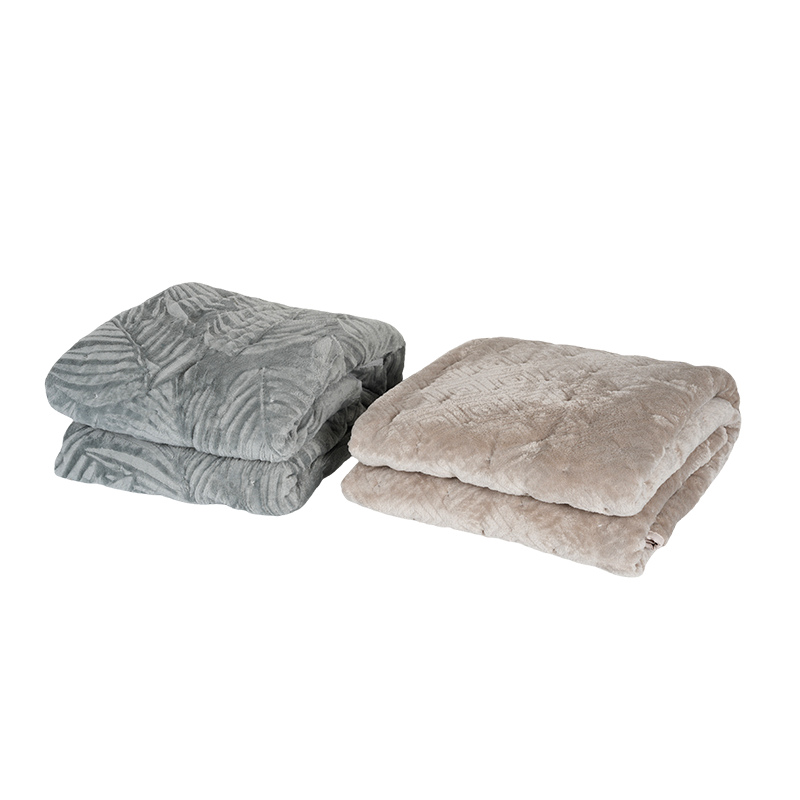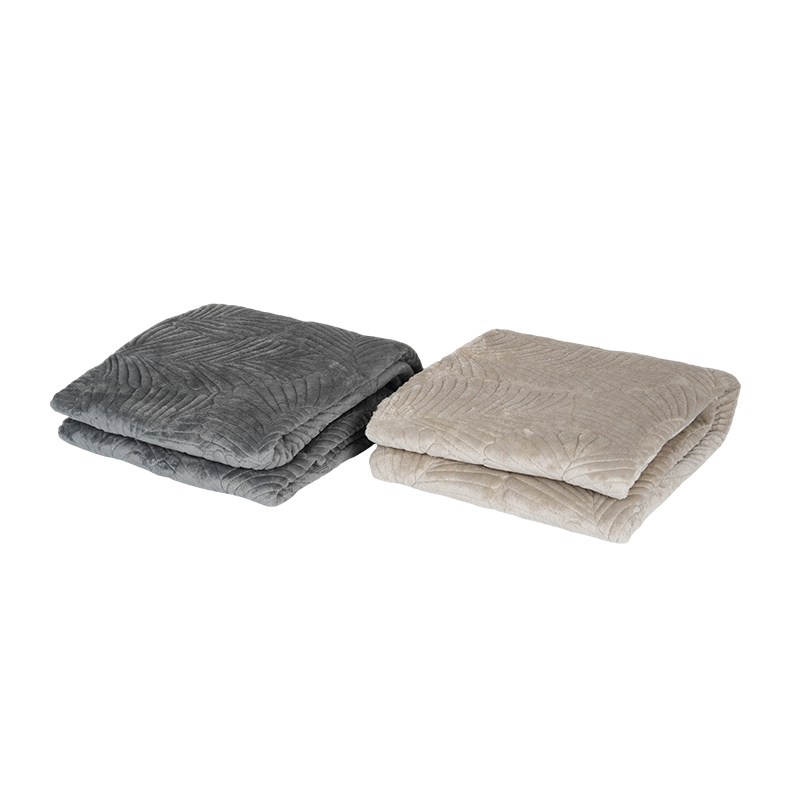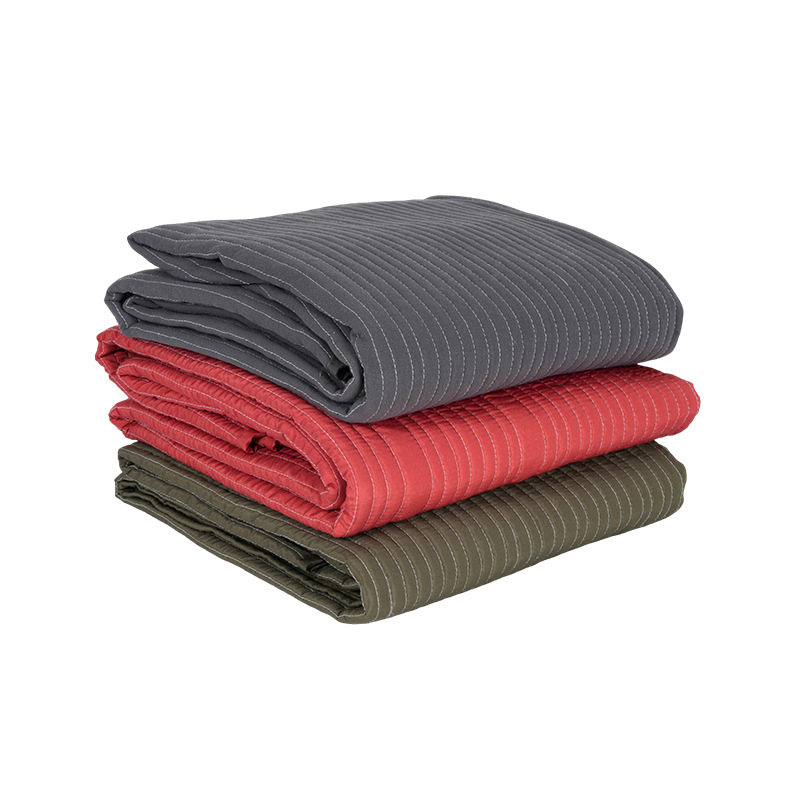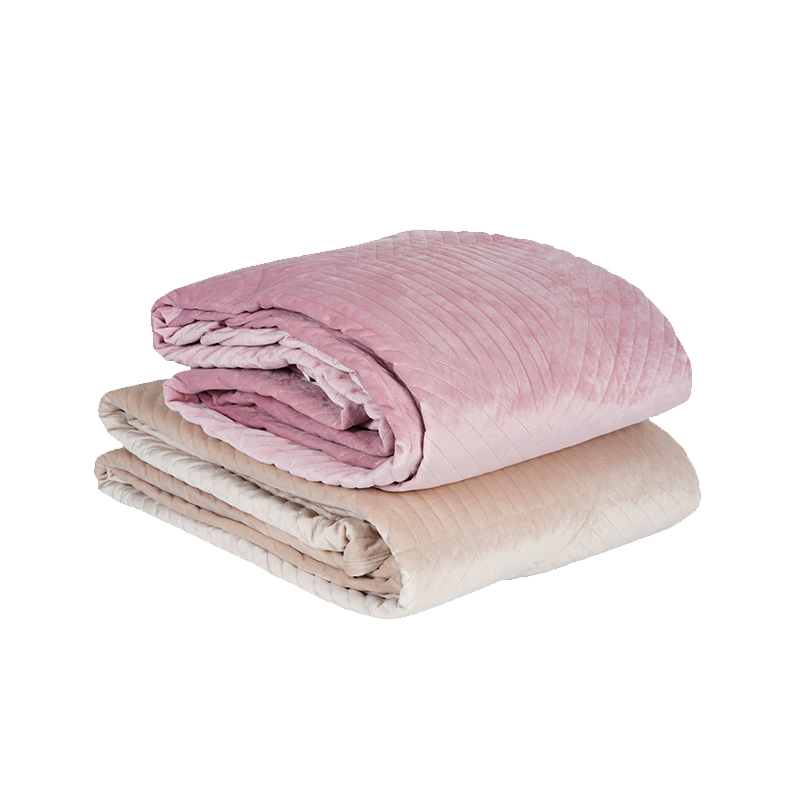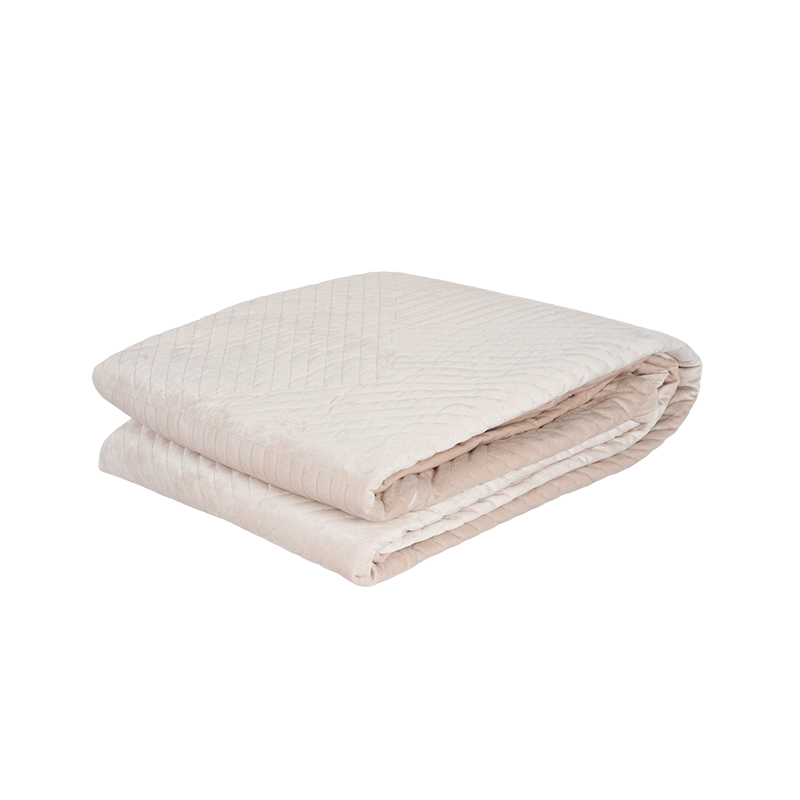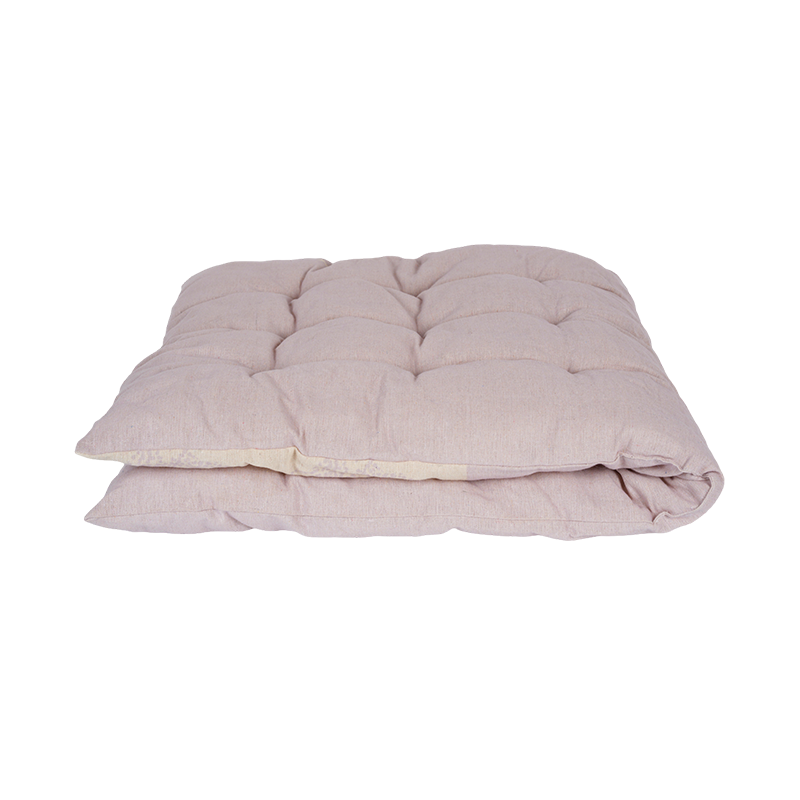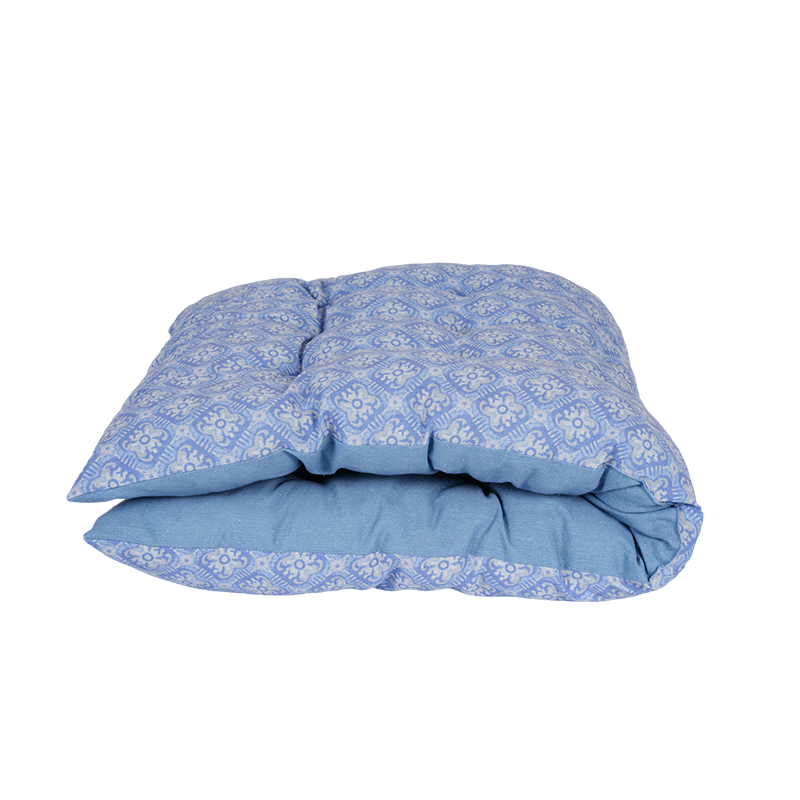- Type:
- Industry News
- Date
- 2025-Jun-09
The Early Days of Printed Texture Elastic Seat Cushions
When the Printed Texture Elastic Seat Cushion appeared in the market, its design was relatively simple. Typically square or rectangular in shape, it was created with the primary purpose of providing comfort without adding significant bulk. The cushion's elastic fabric allowed it to fit snugly onto chairs, offering a blend of comfort and utility. Its printed texture, though, remained basic and primarily focused on solid colors or simple patterns. These early models were designed for practicality, offering users a reliable option for adding some extra softness to their seating arrangements.
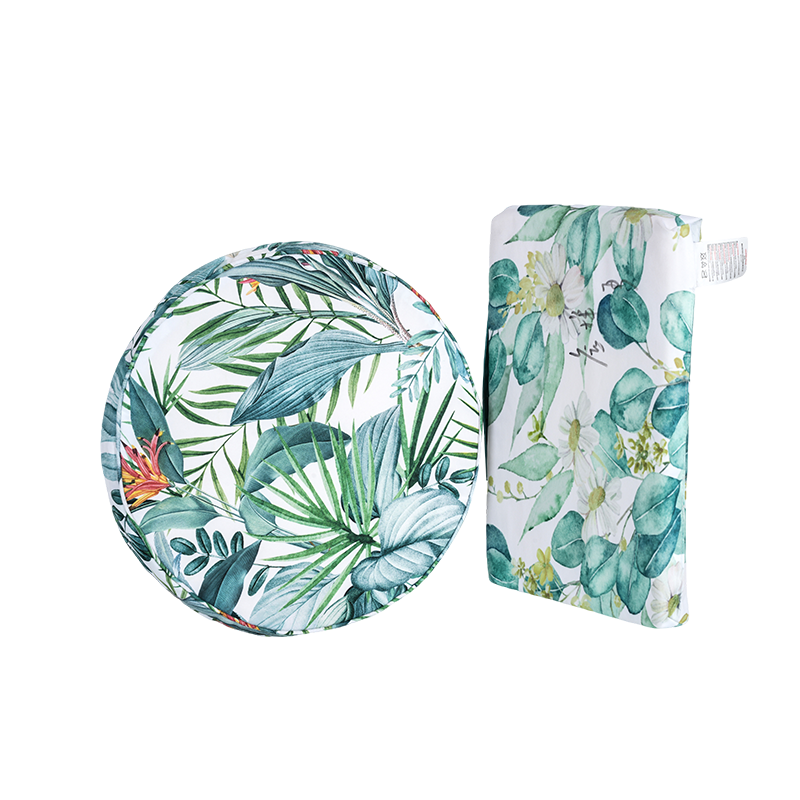
However, as people began to experiment with different interior design trends, the Printed Texture Elastic Seat Cushion began to evolve. Consumers wanted not only comfort but also cushions that complemented their furniture and home decor. As a result, manufacturers started introducing more intricate printed textures, including floral patterns, geometric designs, and even abstract motifs. Alongside these changes, size and shape variations started to emerge, providing users with more customization options.
As lifestyles became more dynamic, the demand for diverse sizes and shapes in cushions grew. The Printed Texture Elastic Seat Cushion, in particular, began to take on new forms to meet the needs of various seating arrangements. With the rise of sectional sofas, armchairs, and modular seating, cushions were no longer confined to a specific shape or size. The Printed Texture Elastic Seat Cushion adapted to these shifts by expanding into different dimensions to fit the increasingly varied seating furniture.
For instance, larger and wider cushions were designed to accommodate deeper sofas and bigger armchairs, while smaller, thinner cushions were created for minimalist furniture styles or dining chairs. The adaptability of the Printed Texture Elastic Seat Cushion allowed it to seamlessly integrate into different seating styles. As more people started prioritizing ergonomics and comfort, manufacturers began offering cushions in various shapes, including circular, oval, and even custom-cut designs, to cater to specific needs.
One of the key drivers behind the evolution of the Printed Texture Elastic Seat Cushion has been the continuous change in design trends. The increasing demand for multifunctional and aesthetically pleasing furniture meant that seat cushions had to evolve in both shape and style. Cushions are no longer merely functional; they also serve as design elements that tie a room together.
For example, the Printed Texture Elastic Seat Cushion is now available in more dynamic shapes. While square and rectangular cushions remain popular, circular and angular cushions have found their place in contemporary homes, thanks to their ability to enhance the visual interest of the seating area. Round cushions, for instance, can be paired with modern lounge chairs or placed on top of bench seating for a more playful look. This flexibility in shape allows the cushion to cater to more specific needs, from providing a snug fit for chairs with curved backs to enhancing the design of a minimalist space.
Moreover, some manufacturers have embraced the idea of modular cushions, offering the Printed Texture Elastic Seat Cushion in several pieces that can be mixed and matched. These cushions are particularly popular for sectional sofas, where individual pieces can be placed according to the user's preference. Modular cushions allow for greater flexibility in terms of arrangement, making them ideal for open-plan living spaces or homes with constantly changing seating configurations.
The size of the Printed Texture Elastic Seat Cushion has also become more varied over time. Early cushions were typically standard sizes that fit a wide range of furniture pieces. However, as the demand for personalization increased, manufacturers began offering more size options, allowing customers to select cushions that fit their chairs, benches, or lounges.


 English
English
 English
English Español
Español